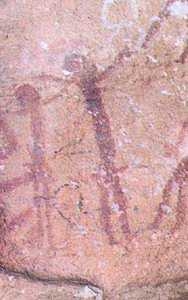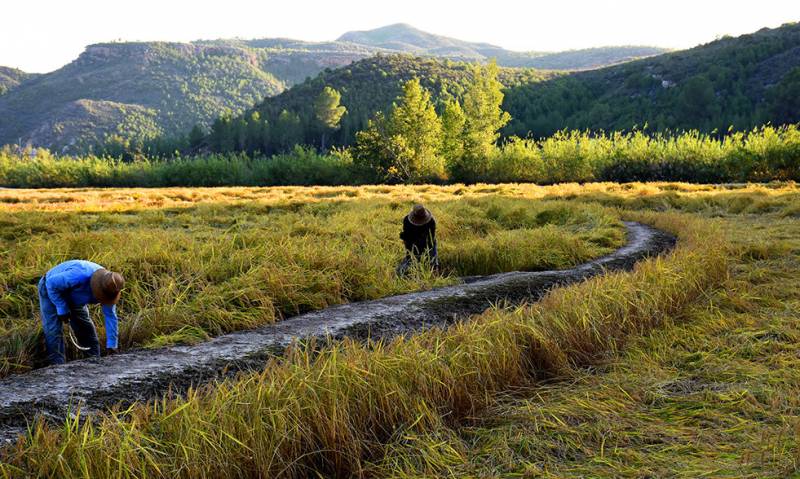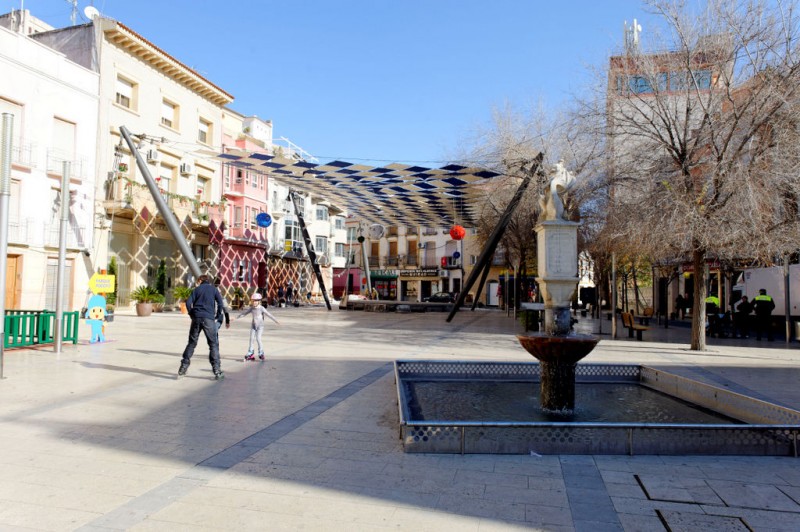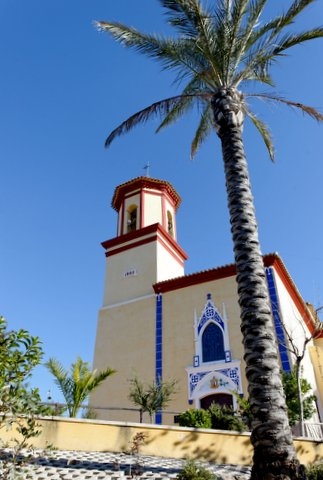- Region
- Águilas
- Alhama de Murcia
- Jumilla
- Lorca
- Los Alcázares
- Mazarrón
- San Javier
-
ALL AREAS & TOWNS
- AREAS
- SOUTH WEST
- MAR MENOR
- MURCIA CITY & CENTRAL
- NORTH & NORTH WEST
- TOWNS
- Abanilla
- Abarán
- Aguilas
- Alamillo
- Alcantarilla
- Aledo
- Alhama de Murcia
- Archena
- Balsicas
- Blanca
- Bolnuevo
- Bullas
- Cañadas del Romero
- Cabo de Palos
- Calasparra
- Camping Bolnuevo
- Campo De Ricote
- Camposol
- Canada De La Lena
- Caravaca de la Cruz
- Cartagena
- Cehegin
- Ceuti
- Cieza
- Condado de Alhama
- Corvera
- Costa Cálida
- Cuevas De Almanzora
- Cuevas de Reyllo
- El Carmoli
- El Mojon
- El Molino (Puerto Lumbreras)
- El Pareton / Cantareros
- El Raso
- El Valle Golf Resort
- Fortuna
- Fuente Alamo
- Hacienda del Alamo Golf Resort
- Hacienda Riquelme Golf Resort
- Isla Plana
- Islas Menores & Mar de Cristal
- Jumilla
- La Azohia
- La Charca
- La Manga Club
- La Manga del Mar Menor
- La Pinilla
- La Puebla
- La Torre
- La Torre Golf Resort
- La Unión
- Las Palas
- Las Ramblas
- Las Ramblas Golf
- Las Torres de Cotillas
- Leiva
- Librilla
- Lo Pagan
- Lo Santiago
- Lorca
- Lorquí
- Los Alcázares
- Los Balcones
- Los Belones
- Los Canovas
- Los Nietos
- Los Perez (Tallante)
- Los Urrutias
- Los Ventorrillos
- Mar De Cristal
- Mar Menor
- Mar Menor Golf Resort
- Mazarrón
- Mazarrón Country Club
- Molina de Segura
- Moratalla
- Mula
- Murcia City
- Murcia Property
- Pareton
- Peraleja Golf Resort
- Perin
- Pilar de la Horadada
- Pinar de Campoverde
- Pinoso
- Playa Honda
- Playa Honda / Playa Paraíso
- Pliego
- Portmán
- Pozo Estrecho
- Puerto de Mazarrón
- Puerto Lumbreras
- Puntas De Calnegre
- Region of Murcia
- Ricote
- Roda Golf Resort
- Roldan
- Roldan and Lo Ferro
- San Javier
- San Pedro del Pinatar
- Santiago de la Ribera
- Sierra Espuña
- Sucina
- Tallante
- Terrazas de la Torre Golf Resort
- Torre Pacheco
- Totana
- What's On Weekly Bulletin
- Yecla


- EDITIONS:
 Spanish News Today
Spanish News Today
 Alicante Today
Alicante Today
 Andalucia Today
Andalucia Today
article_detail
Date Published: 05/04/2012
Prehistoric rock art in the Abrigo del Pozo in Calasparra
The Cueva de los Monigites in the Sierra del Molino
 The natural landscape of Calasparra has attracted settlement for an estimated 100,000 years and one of the most important prehistoric sites is the Abrigo del Pozo ("abrigo" meaning shelter and "pozo" well or shaft).
The natural landscape of Calasparra has attracted settlement for an estimated 100,000 years and one of the most important prehistoric sites is the Abrigo del Pozo ("abrigo" meaning shelter and "pozo" well or shaft).
Craggy landscapes are typical of the south-east of Spain, and among the most interesting geological aspects are the deep gorges of the River Segura. These gorges start in the Sierra del Molino and continue in Los Almadenes, where the river has carved out its course to a depth of more than 150 metres, the erosion being caused partly by the fissures which occur in the rock approximately every 5 metres. These fractures can be observed both on the walls of the gorges and inside the caves.
Limestone is formed in layers, and this makes it easier for the rock to break and become stepped. At lower levels, where deeper breaches in the rock have been hollowed out, the caves created have been partly filled with the debris brought by the water, and here there is an abundance of bushy vegetation. This undergrowth is particularly thick in the case of El Pozo, although the current plant life here is very different from what was growing in the area in prehistoric times: this is due to the repopulation of the forest, which has altered the nature of the area’s flora.
The site of the cave paintings at Abrigo del Pozo consists of two rocky shelters next to each other, and is delimited by a high rock face on one side and a curve in the River Segura on the other. These caves are part of an extensive network of caverns and shelters in the limestone of the area, and are of interest not only to archaeologists but also to pot-holers.
The cave paintings of Abrigo del Pozo
The paintings in El Pozo have been listed as being of Cultural Interest, and were officially discovered by Juan Abellán Hernández in 1978, although it then transpired that local shepherds had been aware of their existence for a long time. Soon afterwards an extensive study of the find was published in the specialist magazine Caesaraugusta.
Later studies have been made with the intention of ensuring that the paintings are properly preserved, and recently they have been documented using modern systems such as infra-red and ultra-violet photography. The geology and geography of the site have also been thoroughly researched.
In essence the paintings in Abrigo del Pozo fall into the category of "schematic art", which is common in the prehistoric paintings of the Iberian peninsula. This term is used to differentiate this kind of painting from naturalist or Levantine art, and describes a new way of understanding the intentions of the artists and the society in which they produced their work.
A few hundred yards further down from Abrigo del Pozo, in the Almadenes gorge, there is another group of schematic paintings known as the Serreta-Enrededara group. The first features dozens of human figures depicted in anatomical detail, forming part of hunting tableaux, while in the second there are branch-shaped schemata, some with eyes, and phi-shaped human representations. Similar paintings can be found at another site, Los Grajos, indicating the step from naturalism to schematism in the Segura area. Both of these sites fall within the municipality of Cieza.
The only colour used is red, in various tonalities which are the result of differences in the quality of the pigment, the material used and the wear and tear suffered over time. The size of the images is medium: in El Pozo the humans are between 10 and 15 centimetres tall, whereas in other sites in the Iberian Peninsula sizes vary between 1 and 80 cm.
Schematic cave paintings in Spain are mainly found in the Sierra Morena and Cádiz, and in the Region of Murcia the most schematic ones are in La Serreta de Cieza (see image), where some of the figures are represented as a circle with two arms extending from it. Other examples have been found at Los Cantos de la Visera (Yecla), as well as Los Grajos. The human figures are normally in isolation, rather than forming part of hunting or battle scenes as in other types of naturalist art.
One of the most interesting aspects of the paintings in El Pozo is that they offer an insight into social activity: at the top of the second panel is a pair of figures accompanied by dogs and hoes, which seems to indicate some kind of farming. Another example of domesticated animals is in the paintings found at Doña Clotilde near Albarracín, in Teruel, and it is seen as significant that the animals are small: most were most probably pets rather than sources of food.
Unfortunately there is no way to date the paintings accurately since no reliable method has been found to ascertain the age of the pigments used, but clues can be found in the nearby archaeological remains. In the largest shelter at El Pozo there is a heavy clay deposit from the river, which in some places is various metres deep, and although archaeologists have so far dug down only to a depth of one metre fragments of home-made ceramics have been found which could correspond to the period when the images were created.
Recent discoveries in the north-west of Murcia suggest that most of the area’s cave paintings date from the Bronze Age, due to the fact that they are almost all within a kilometre of settlements from that period. At Los Molinicos, near Moratalla, archaeologists have discovered an Argaric burial urn (1800 to 1300 BC) decorated with red designs not dissimilar to the schematic paintings at El Pozo, and this could possibly be associated to the nearby settlement at El Castillico. If this is indeed the case, then it would coincide with the theories propounded by various researchers who believe that schematic art originated in the Iberian Peninsula.
The Town Hall of Calasparra has played an active part in conserving the paintings, with the backing of the Ministry of Culture. The first concern is to avoid deterioration of the pigment due to the effects of nature, such as rain, heat and dryness, and on top of this the erosion of the rock onto which the pigment was applied has to be taken into account. The cumulative effect of long periods of drought and rainfall leads to a weakening of the rock itself, and fissures have begun to appear. These fissures eventually lead to flakes of rock becoming detached from the surface, and this has already begun to happen in El Pozo.
The paintings can be visited by specialists, although the site is not easily accessible.
Image by Antonio Mareno Marín is from the Cueva de la Serreta in Cieza. Images have been requested for Abrigo del Pozo.
For more historical information relating to Calasparra, click History of Calasparra.
article_detail
Contact Murcia Today: Editorial 000 000 000 /
Office 000 000 000








